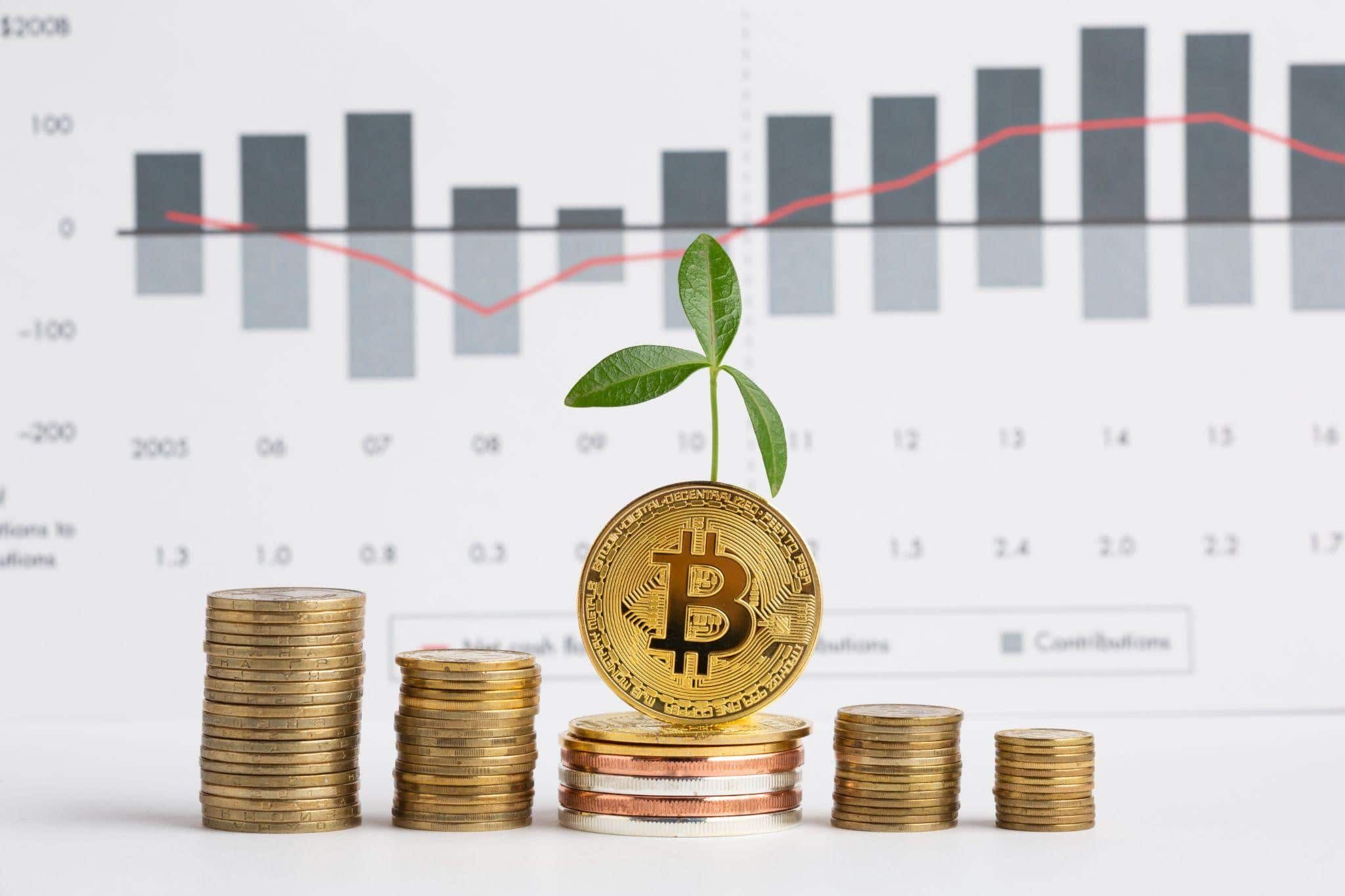Table of Contents
Making money with cryptocurrencies and generating revenue in the cryptocurrency world may be accomplished in various ways. Most crypto assets are high-risk due to their inherent volatility, and some need specific subject knowledge or experience to trade successfully.
Investing
Investing is often connected with adopting a long-term perspective by purchasing and retaining assets for an extended period. Cryptocurrency assets are often well suited to a long-term investment plan. Short-term volatility is highly high, while the long-term potential is extremely high for certain investments.
According to research conducted by investing company Fundstrat, most Bitcoin profits occur on the top ten trading days of the year. If you missed these days every year between 2013 and 2018, your yearly return would have been a negative 44 percent return.
Because of the inherent volatility of cryptocurrencies, long-term investment is one of the most effective methods of making money via the cryptocurrency market. As with any investment, cryptocurrency should be viewed in the context of a broader portfolio, taking into account your investment objectives and risk tolerance.
Also Read: Where To Trade Crypto in Canada?
Making money via trading cryptocurrencies
Trading and investing differ primarily in their time horizons. Contrary to investing, a long-term endeavor, trading is intended to take advantage of short-term possibilities. Trading cryptocurrency necessitates the development of particular abilities and expertise. More specifically, the ability to read and analyze charts and technical indicators is required.
Blockchain technology is not a complex technology, and the initiatives it involves do not require in-depth knowledge. This method of generating money is primarily concerned with comprehending price movement in its historical context and using that knowledge to anticipate future prices, which is frequently done on a short-term basis.
Investors may earn money online trading cryptocurrencies in one of two ways: by purchasing and selling real cryptocurrency coins or using derivatives, such as a contract for difference (CFD). By speculating on the direction of the underlying asset’s pricing via the use of CFDs, you may trade cryptocurrency without really owning it.
When predicting the price of an asset, you may either take a long or short position based on whether you anticipate the price to climb or decline. As a result, CFDs provide you with the potential to benefit from price changes in underlying assets that are both bullish and bearish.
CFDs enable you to trade on margin, allowing you to trade with higher liquidity and with greater ease of execution. However, it should be noted that CFDs are a leveraged instrument, which amplifies both gains and losses.
Capital.com’s detailed tutorial will teach you how to make money trading bitcoin CFDs, and you can trade them using our AI-powered trading platform to maximize your profits.
Staking and lending are two different things.
Altcoins may be used for staking and lending, which are both methods of making money for investors. Staking is simply the process of storing bitcoin in a cryptocurrency wallet and getting incentives for validating transactions on a Proof of Stake (PoS) network, which is becoming more popular.
Stating that it does not want to mine, the Proof-of-Stake algorithm selects transaction validators based on the number of coins they have pledged to stake.
PoS does not need the purchase of costly hardware and is far more energy-efficient. Cold staking is also an option, which allows investors to stake coins while keeping them in a safe offline wallet while still earning interest. Tether, NEO, and Stellar (XLM) are just a few cryptocurrencies that may be staked.
Through the practice of stakes, investors lend their coins to the network to maintain its security and verify transactions. In addition to lending coins to other investors and earning interest, you can also earn money by lending coins to other investors. Many systems, including exchanges, peer-to-peer lending platforms, and decentralized finance (Defi) apps, make it possible to lend in the cryptocurrency market.
Social media on the blockchain
Steemit, the world’s first blockchain-based social media website, was created in 2016 by Dan Larimer and his team. Users that create and curate content on the site are rewarded with STEEM, the network’s cryptocurrency.
Steemit ran into some difficulties after 2017, and the number of users has been steadily falling since then, according to data. However, many alternative platforms have sprung up around the original concept of compensating people for their contributions to content. Narrative, Sapien, and Scorum are just a few of the titles available.
Airdrops
To be in the right location at the right time in the crypto world, you need to be on the lookout for airdrops and forks. Airdrops are free tokens often delivered by an exchange to raise awareness of a project and build a big user base.
Forks are simply modifications or enhancements to a system that result in the creation of new currency. When a blockchain splits, holders of currencies on the original blockchain chain are often given free tokens on the new network.
Bonus Money-Making Suggestion for the Crypto-Space
Mining
Cryptocurrency mining is a critical component of the Proof of Work (PoW) consensus process and is one of the most established methods of generating revenue with cryptocurrencies. An example of this would be the process of confirming transactions and protecting a PoW network.
For executing these duties, miners are compensated with new currencies, which are distributed via block rewards. Although early Bitcoin mining could be accomplished with a desktop computer, modern mining gear is specialized and purchased separately.
The operation of a master node, which is responsible for network maintenance, may be financially rewarding. Masternodes are wallets that store a copy of the whole network on their hard drive(s).
These solutions need a high level of technical competence and a large initial and continuous financial expenditure.

